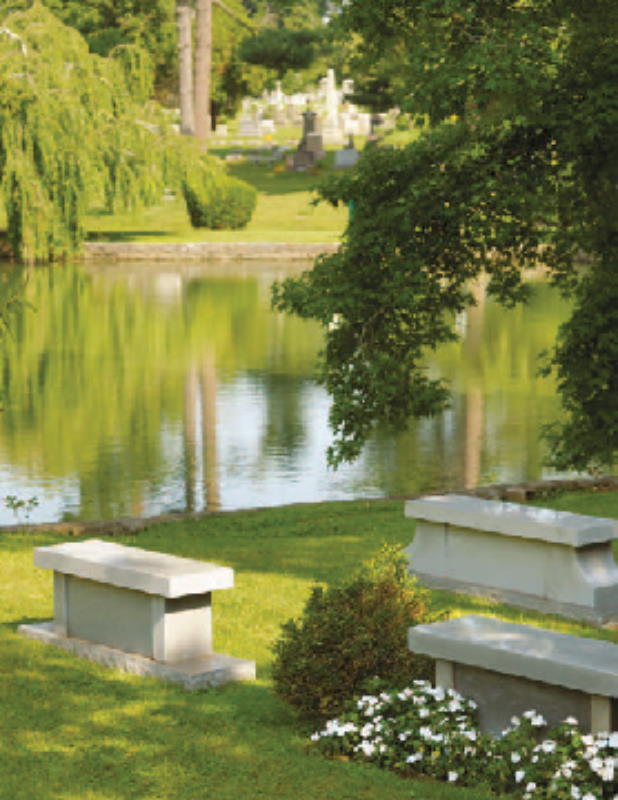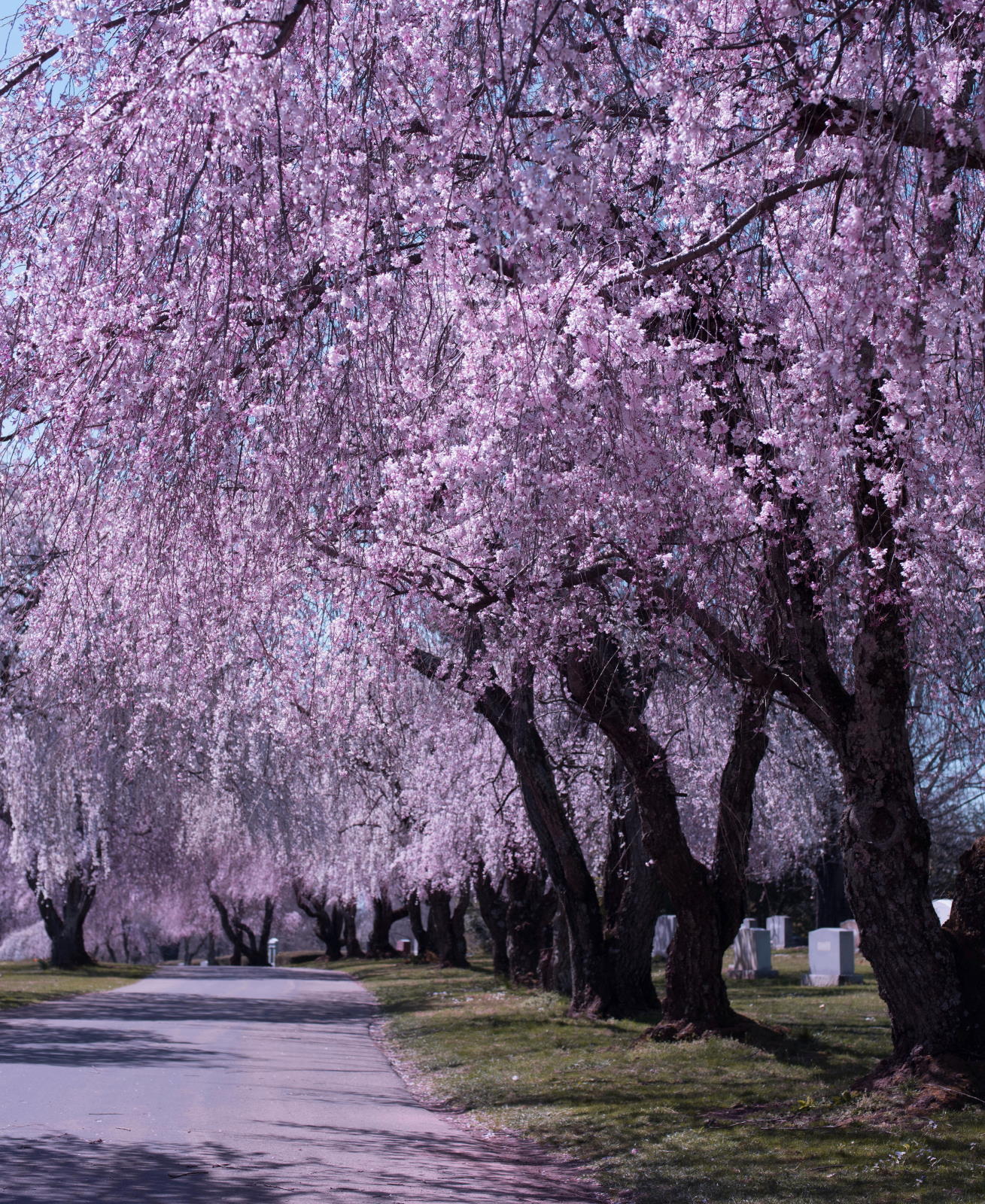More about Cremation
Frequently Asked Questions


Cremation Terminology
Cremation is the technical heating process that reduces human remains to bone fragments. This reduction takes place through heat and evaporation.
A Cremation Chamber is the total mechanical unit for the actual cremation process which is specifically constructed to withstand high temperatures and yet protect the surrounding structure. Inside it is lined at the top, sides and bottom with a heavy refractory tile or brick, with a layer of insulation between the inside surface and the outside protective housing or casing.
A Crematory or Crematorium is the building that houses the cremation chamber. It can be a building that serves this one function only or a multi-purpose building that also contains the administration offices, mortuary preparation rooms or cemetery maintenance facilities.
The Cremation Container is the case in which the human body is delivered to the crematory or crematorium to be placed in the cremation chamber for cremation. Although each crematory may set its own regulations, it is generally required that this container meet the following standards; (1) be composed of suitable combustible material, (2) be rigid enough for handling ease, (3) assure protection to the health and safety of the operator, (4) provide proper covering for the remains, and (5) meet moral codes for respect and dignity.
Memorialization is the placement of cremated remains according to the family’s choice and available facilities. It may be a niche in a columbarium with space for one, two or even an entire family. It may be interment in a single burial sight, an urn garden or family lot. Others may choose scattering in specifically prepared scattering gardens within cemetery grounds, with or without a marker or cenotaph for name plates. Some select their personal type of memorialization, such as a tree or rose bush planted in a special area.
An Urn is the receptacle into which the cremated remains are placed. The selection of urns varies in size, style and composition, and the final choice often depends on where the urn will eventually be located. Urns range in size from single to multiple capacity, and in style from a simple square or rectangle, to a symbolic book shape, to a traditional Grecian design and various other designs. They are composed of hand crafted solid cast bronze, bronze plate, sheet bronze or stainless steel, or marble or cultured marble and polished hardwoods or durable plastics, and pre-formed concrete for below ground placement.
A Cremation Box is a utilitarian container in which cremated remains may be placed for transport or to await disposition at a later time. In some properties it is approved for use behind a closed front niche. They may be made of copper, tin alloy, plastic, cardboard or unfinished wood.
A Niche is the recessed compartment or cubicle for placement of a cremation urn. The front is protected with an ornamental enclosure of glass, bronze, marble or granite. Many properties provide a common storage area or Community Niche where several cremation containers may be placed. It is generally located in a specific section of a columbarium or mausoleum and may or may not have name identification.
A Columbarium is an arrangement of niches that may be an entire building, a complete room, a series of special indoor alcoves, a bank along a corridor or part of an outdoor garden setting. They are constructed of permanent materials such as bronze, marble, brick, stone or concrete.
An Urn Garden is an outdoor area specifically set aside at a cemetery, crematory or mausoleum for the burial under ground of cremated remains. The remains are generally in some kind of individual container, with name identification.
A Scattering Garden is an area at a cemetery, crematory or mausoleum for the strewing of cremated remains in a common ground. Individual names may be identified on a unique garden feature. Scattering results in the comingling of remains, and scattered remains are unrecoverable.
Inurnment is when cremated remains are placed in an urn or container of any type as opposed to scattering. In modern usage it often means the placement of the urn in a specific location, such as a niche.
Cremated Remains are the remaining bone fragments after the cremation process is completed. They are not ashes as we understand this word in relation to home fireplaces and furnaces.
Pulverization is the process of reducing the size of the bone fragments after cremation by mechanical means.
Direct Cremation is when a human body is picked up from the place where death occurred and taken directly to the crematory to be cremated. Although there may be a later memorial service, there are no services with the body present.
SOURCE: Guide to Correct Crematory Procedures. Cremation Association of North America. 1980.
